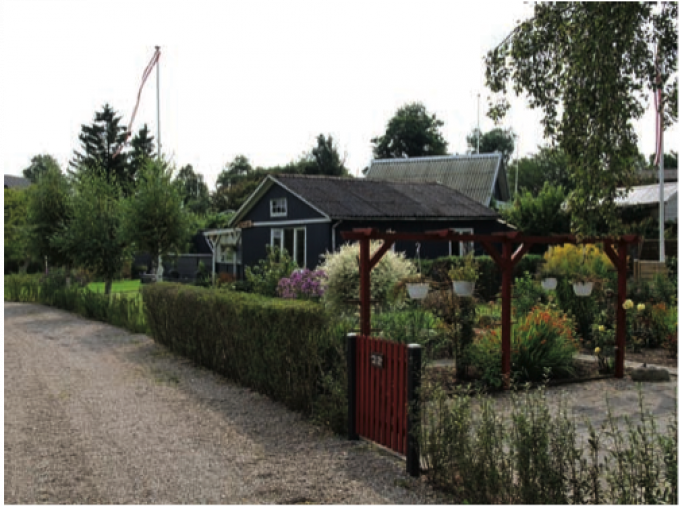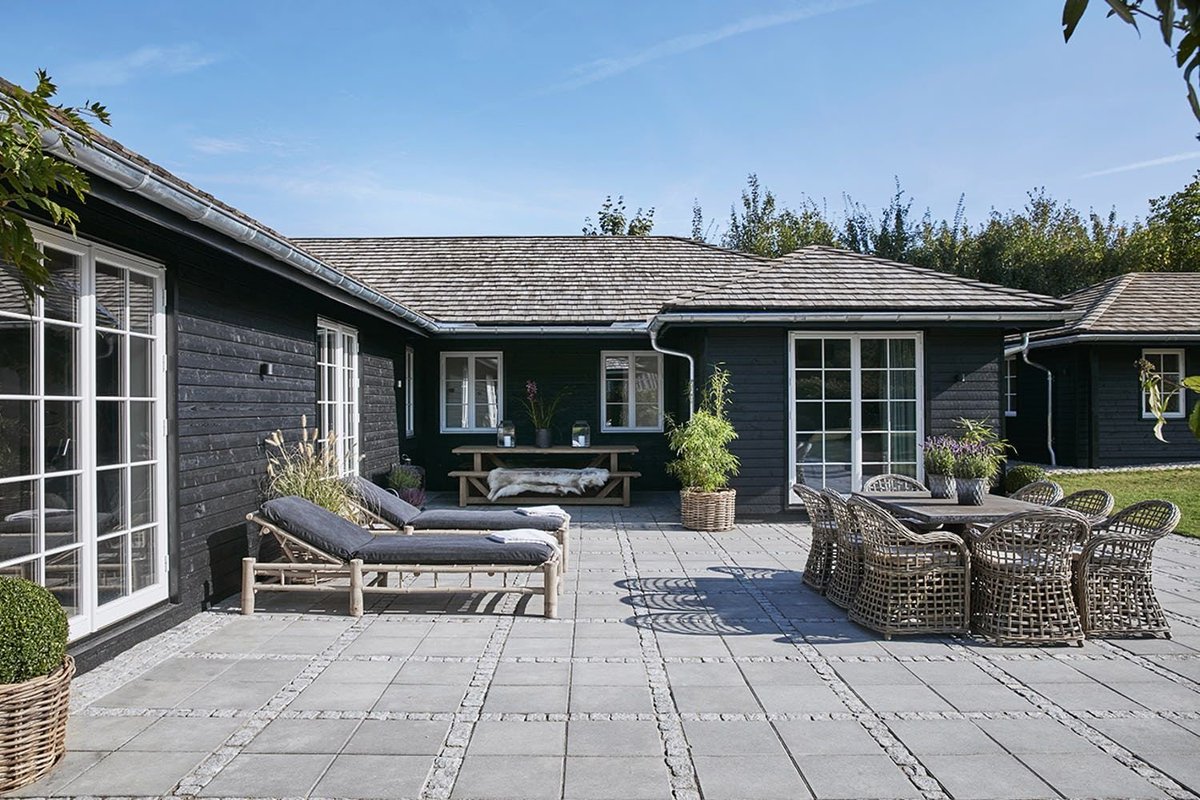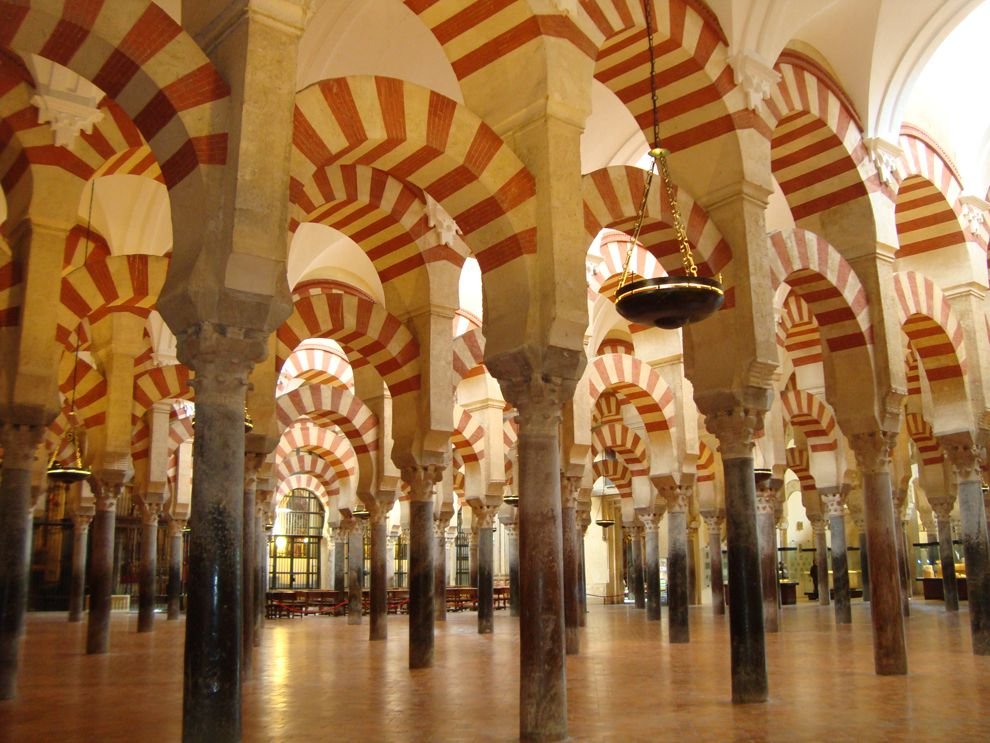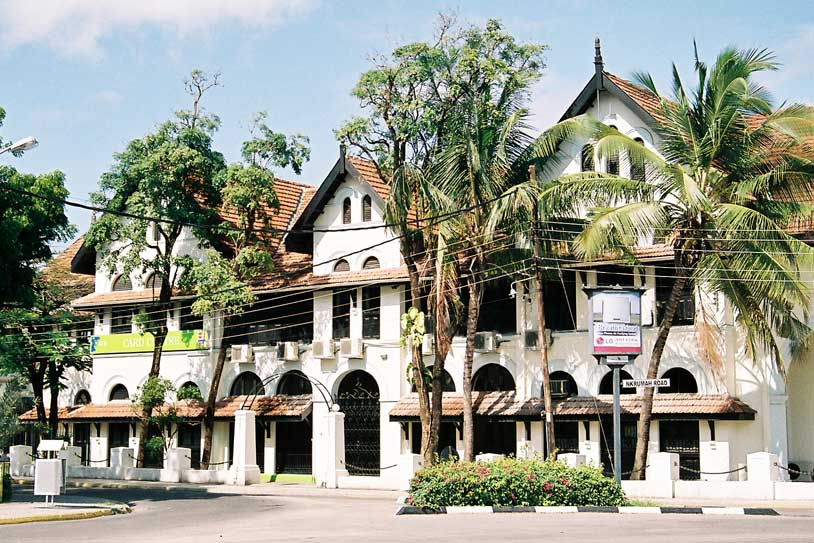THREAD - the Origin and Survival of the Norse Longship
(1) Few symbols are as archetypically associated with the ancient Vikings as the longship - dragon-prowed galleys, spreading dread & fire across the shores of Europe. But where did they originate, & where end?
(1) Few symbols are as archetypically associated with the ancient Vikings as the longship - dragon-prowed galleys, spreading dread & fire across the shores of Europe. But where did they originate, & where end?

(2) First, about the longship. Norse vessels were clinker-hulled, a style also known as the lapstrake, wherein the planks of the hull were arranged such that they overlapped with each other, forming the characteristic "striped" appearance of the Viking-ship. 

(3) This was distinct from the style employed in the south, which was a 'mortise and tenon' technique called the Phoenician joint, wherein interlocking joints formed the cohesive, water-tight hull.
Invented by the titular Phoenicians, it was later adopted by the Greeks & Romans
Invented by the titular Phoenicians, it was later adopted by the Greeks & Romans

(4) Ship-building in the Mediterranean has a long and storied history, producing such famous vessels as the biremes, triremes and other great galleys of the classical world. Northern ship-building, however, seems to have originated independently. 

(5) The longship, and the Nordic boating-tradition in general, seems to have had its origins in ancient dugout canoes, constructed plausibly as far back as the pre-Indo-European Pitted Ware people, who appear to have sourced many nautical-related words in later Germanic 



(6) Our first attested evidence of the predecessors of the longship stem from the Nordic Bronze Age, circa 4000-2500 years ago in the form of petroglyphs. Though heavily stylised, they appear to show vessels of varying sizes, some carrying large crews. 





(7) The boats portrayed in the Bronze Age carvings are strongly clarified by a remarkable find - the Hjortspring boat, discovered on the isle of Als in southern Denmark and dating to roughly 2400ya, only about a century after the end of the Nordic BA. 



(8) The Hjortspring boat is the oldest vessel in the longship-tradition we have physical remains of.
It bears striking similarities to the images on the petroglyphs, evidencing a deep continuity.

It bears striking similarities to the images on the petroglyphs, evidencing a deep continuity.


(9) The Hjortspring is a canoe - it is clinker-built, like the later Norse ships, but interestingly, it is held together not by metal nails, but through sewing. The same technique is seen in the Norwegian Halsnøy boat, dating from only a century later. 



(10) Though the Nordic clinker-design is globally unique, the sewn-plank technique is not. It has developed, evidently independently, in cultures across the world, notably the Austronesians, among whom it is still the favoured technique for traditional canoes. 

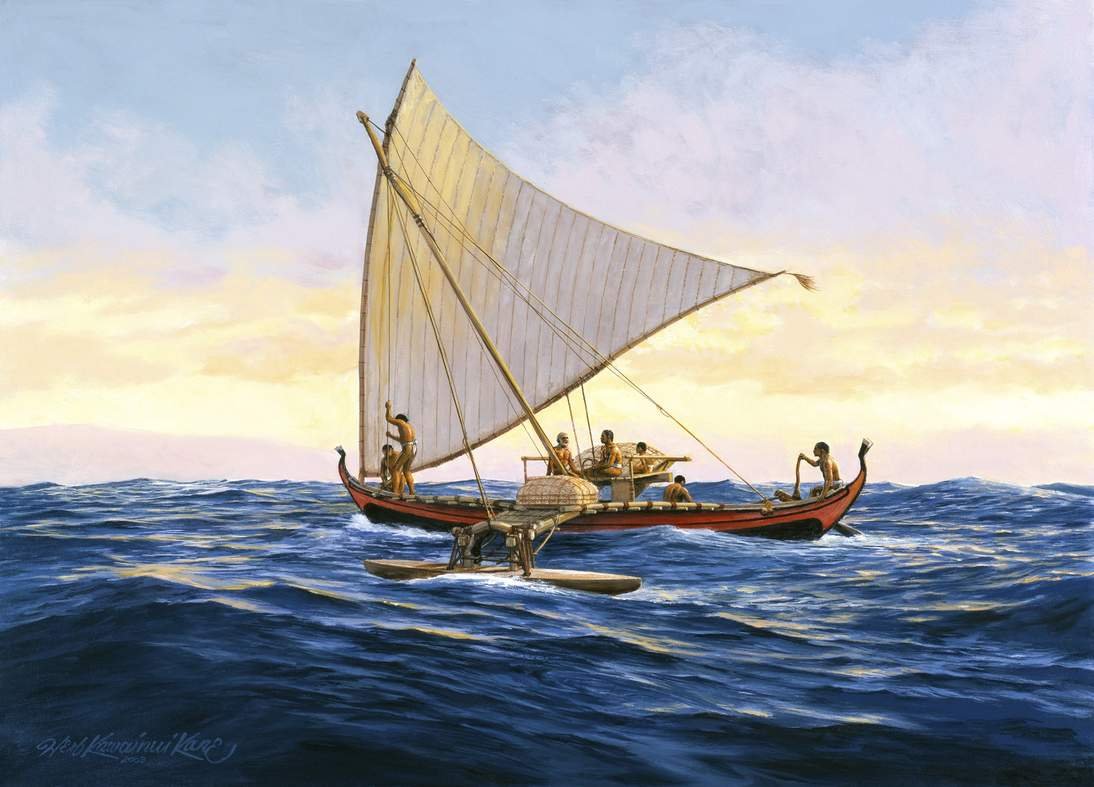

(11) In the first few centuries after Christ, the sewn technique was gradually replaced in Scandinavia by metal rivets that locked the boards together, but the design of overlapping planks was maintained and refined, producing the earliest "proto-longships"
(12) The Nydam boat from southern Jutland dates to 300 AD, and is the earliest "true", metal-riveted clinker-ship we know. It in many ways already resembles the famous Viking-ships of 4 centuries - noticeably, however, it lacks any evidence of mast or sail. 



(13) Indeed, sails appear to have been a relatively late addition to northern shipcraft. In England, the famous Sutton Hoo ship, found in the great royal burial dating to the 5-600s, was sail-less.
The adoption of sails, then, post-dates the Anglo-Saxon migrations.

The adoption of sails, then, post-dates the Anglo-Saxon migrations.


(14) Sails were not a pre-requisite for Germanic sea-raiding. Though we tend to elide the memory of maritime pirates before the Vikings, the Anglo-Saxons arrived very much as "wicingas" themselves, and the Franks were pillaging shores in Late Antiquity.
https://twitter.com/rfhirst/status/1648139312805056514
(15) Though, as detailed, the invention of Nordic ship-building occurred parallel to developments in the Mediterranean, the adoption of mast-technology by the Germanic peoples does appear to have been a result of southern influence. With this final step, the Viking-ship was born. 

(16) Though we often tend to think of "Viking ships" as a monolithic category, in truth there were several distinct varieties.
Strictly speaking, only the long, low and streamlined ships built for raiding and long voyages were "longships" proper.
Strictly speaking, only the long, low and streamlined ships built for raiding and long voyages were "longships" proper.

(17) Another type was the "knarr" - shorter, wider and deeper than war-going longships, these were built for freighting cargo.
The "karve" was a small ship in the style of the longship, but closer in size to the knarr. They were often used for coastal and riparian raids.

The "karve" was a small ship in the style of the longship, but closer in size to the knarr. They were often used for coastal and riparian raids.


(18) It is worth noting, as I have indicated earlier, that "Viking"-style ships were not actually exclusive to the Vikings themselves.
Similar, clinker-hulled vessels were in fact predominant among all the North Sea peoples, and would have made up King Alfred's fleet.
Similar, clinker-hulled vessels were in fact predominant among all the North Sea peoples, and would have made up King Alfred's fleet.

(19) What the Norse perfected, however, was a particular type of clinker-built vessel, unsurpassed in speed, maneuverability and capacity for long-distance voyages.
It was with these, more than any weapon or innovation of armour, that they conquered the northern world.
It was with these, more than any weapon or innovation of armour, that they conquered the northern world.

(20) What, then, of the ultimate fate of the northern longship? When the British came to India, or the Danes re-visited Greenland, it was not, of course, in clinker-hulled ships. What happened to drive them into obsolescence, and when did they finally fade from use? 

(21) Norse-style ships persisted in general use for longer than some might think. When William the Bastard conquered England in 1066, the Bayeux tapestry shows that conducted his forces in a fleet of serpent-headed drakkar, a late variety of Viking ship. 

(22) In fact, clinker-hulled longships remained dominant in Scandinavia all the way into the 1300s, and thus centuries after Christianisation and the end of the Viking-age.
As late as 1393, coastal levies (leiðangr or ledung) were setting out in longships.
As late as 1393, coastal levies (leiðangr or ledung) were setting out in longships.

(23) The end of the longship ultimately came with the rise of carvel planking in the late Middle-ages - an innovation on the ancient Mediterranean mortises and tenon-technique, which allowed the construction of ships so tall that the low longships simply could not board them. 



(24) This was the end of the Viking-ship, some 400 years after the Viking-age, but it was not, in fact, the end of the Norse clinker-hulled boat.
In the remote fjords of Norway, far from the hard competition of the south, the ancient technique survived.
In the remote fjords of Norway, far from the hard competition of the south, the ancient technique survived.

(25) To this day, in the northern regions of Norway, folk build the so-called "Nordland-boats", constructed in the same clinker-style, at times strikingly reminiscent of the ancient longship. 



(26) The Nordland-boats come in many varieties, as did the old Norse ships - there are the large fembørings, up to 14 metres long, the slightly smaller seksrorings, the middle-sized åttrings (circa 8m) all the way down to the 5m færings, the smallest of the boats. 





(27) Norway today is no longer the bastion of remote tradition it once was, and the traditional use of the Nordland-boats - subsistence fishing - has now become obsolete, threatening to draw the ships with it.
Yet in recreation and leisure, the ships have found a new life.
Yet in recreation and leisure, the ships have found a new life.

(28) That, then, is the end of our story, charting the origins, heights, and improbable survival of nearly 5 millennia of unbroken ship-building tradition.
Even now, the longship lives on.
Even now, the longship lives on.

• • •
Missing some Tweet in this thread? You can try to
force a refresh

 Read on Twitter
Read on Twitter


